INTRODUCTION
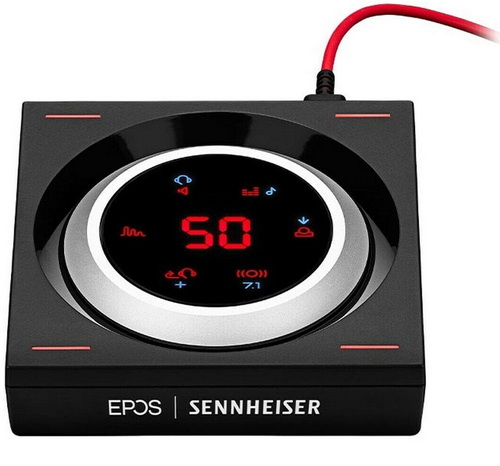
In all my years doing reviews I’ve never hidden two facts about me, first that i'm not particularly into gaming headsets (regardless of audio performance compared to 5.1/7.1 surround sound speaker systems they also tend to reduce situational awareness and when you live alone that's not ideal) and second that I've always placed internal sound cards over external ones (better overall performance across the board). At the same time however i do understand the reasons as to why many people out there are using both and so when some of you asked which external USB sound card I'd choose primarily for gaming with a headset my mind immediately locked on a single model I've always had my eyes on, the GSX 1200 Pro by EPOS Sennheiser which landed in the lab just over 2 months ago.
ΕPOS is an audio company developing and selling devices for business professionals and the gaming community. Based on leading and advanced technologies, the newly established Danish company EPOS will deliver high-end audio solutions designed for Enterprise Solutions and Gaming headsets – with design, technology and performance as paramount parameters. EPOS derives from Latin and ancient Greek and is used to describe epic stories, speech and poetry. The name encapsulates our dedication to create solutions that enforce ways of communication and unleash human potential through the power of audio. EPOS operates in a global market with offices and partners in more than 30 countries and builds on more than 115 years of experience in sound and innovation. Find more information about EPOS at www.eposaudio.com.
Just like the GSX 1000 the GSX 1200 Pro already counts 3+ years in the market and is based around the Binaural Rendering Engine which according to EPOS Sennheiser produces vivid, immersive and accurate 7.1 virtual surround sound (24bit 96KHz stereo output / 16 bit 48KHz 7.1 output). It's 2nd strongest selling point (and what the GSX 1000 lacks) is the integrated chat link feature which basically allows up to 8 GSX 1200 Pro external USB sound cards to be connected together for hardwired lag-free communication with other people (LAN teammates). Strangely enough however this external USB sound card is not controlled via software, instead EPOS Sennheiser have used touch controls for every aspect including volume (aluminum wheel for this, not touch controls), input (headset/speakers), equalizer (movie/music/esports), audio output (2.0/7.1), sidetone (low/high - adjust the volume of your own voice) and environment (low/high/off reverb). So even though it's clear by now that the EPOS Sennheiser GSX 1200 Pro is not your average external USB sound card what matters is whether or not it delivers where it matters so let's find out exactly that.
SPECIFICATIONS AND FEATURES

PACKAGING AND CONTENTS
The GSX 1200 Pro arrived inside a small blue and white box that has a product picture at the front next to the EPOS Sennheiser logo and its main features.

 Both the technical data and bundle contents can be seen on the two sides of the box.
Both the technical data and bundle contents can be seen on the two sides of the box.
Another product picture is located at the rear of the box and just under the main product features printed in 7 languages.
Serial numbers and barcodes can be found at the base of the box right next to contact information for EPOS Sennheiser.
The sound card/audio amplifier is placed inside a formed piece of black foam.
Along with the GSX 1200 Pro you will also get a 1.2 meter long USB-A to microUSB cable (input), 2 meter long 2.5mm to 2.5mm cable (chat link), user manual, compliance paper and a safety guide.
THE GSX 1200 PRO
The GSX 1200 Pro is a small external USB sound card/audio amplifier that measures 101mm in length, 100mm in width and 28mm in thickness/height.
To have a better idea about its size i placed the GSX 1200 Pro next to the newer GSX 300 external USB sound card (review here).
At the top we find 4 red LEDs (corners), a large aluminum ring (volume control) and the touch button area (center).

 Two volume control rollers are located on each side (these are for the chat link feature).
Two volume control rollers are located on each side (these are for the chat link feature).
Moving at the rear we find the two chat link 2.5mm ports (A & B), microUSB port (input) and the headset, speaker and microphone 3.5mm ports.
At the base of the GSX 1200 Pro we find two rubber feet.

 The rear feet are actually also a type of stand which place the GSX 1200 Pro at an angle for easier access to its touch buttons.
The rear feet are actually also a type of stand which place the GSX 1200 Pro at an angle for easier access to its touch buttons.
USING THE GSX 1200 PRO
The GSX 1200 Pro may lack control software but you should still download the Sennheiser Updater app in order to check for any available firmware updates as seen above.
Just remember, this update may take quite a few minutes to complete (until it does don't disconnect the device).
Afterwards you will just need to adjust the sound settings of your system as seen above.
The GSX 1200 Pro looks like no other external USB sound card in the market even today (aside the GSX 1000 that is).
At the center of the top we see the volume level which is surrounded by 6 symbols (pressing on each symbol will cycle between available selections). On the left we see the environment symbol (low/high/off) and on the right we see the 1st person (front/rear) symbol.
At the top we find the headset/speaker output and equalizer (esports/music/movie) symbols whereas at the bottom we find the sidetone (low/high) and channels (2.0/7.1) symbols.
CONCLUSION
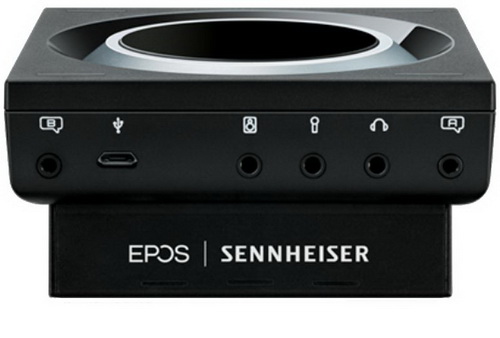
As you can easily tell by today’s review the GSX 1200 Pro is a very “specific” sound card and I’m obviously referring to the fact that it was designed primarily for use in LAN events. To that end it’s primary use is not with speakers but with gaming headsets and yes unless you’re using a top-of-the-line gaming model chances are that you will really enjoy the quite accurate 7.1 virtual surround sound produced by the GSX 1200 Pro (although I do expect that some will prefer the stereo mode). On the other hand, with a maximum impedance of 150Ohm the GSX 1200 Pro may not be able to "handle" every high-end audiophile headset out there but it should be more than enough for most gaming headsets. The touch controls make it very easy to use the GSX 1200 Pro so even though at first i was somewhat annoyed by the fact that EPOS Sennheiser don’t offer control software i soon understood the why. Also, worth pointing out is that 24bit 96khz can only be handled by Stereo output and not 7.1 Surround Sound due to limitations by the USB interface (can’t send out 8 channels of full 24bit audio).
Over the years and several price reductions the GSX 1200 Pro by EPOS Sennheiser now retails for USD199.99 inside the USA (Amazon.com) and for around 200Euros inside the EU. At that price tag if you happen to attend LAN events and you could use the chat link function the GSX 1200 Pro is a great option, if not the GSX 1000 which can be found for even less is obviously a safer bet. At the end of the day, I can’t compare the EPOS Sennheiser GSX 1200 Pro with a high-end internal sound card (like for example the Sound Blaster AE-9 I use with that test rig) but for use with gaming headsets it’s actually extremely good (both in terms of audio quality and 7.1 virtual surround sound accuracy) and that combined with its touch controls which make it extremely easy to use are more than enough for me to give it the Golden Award.

PROS
- Very Good Audio Quality (Compared to Onboard Sound Cards)
- 7.1 Virtual Surround Sound Accuracy
- Size / Weight
- Design
- Touch Controls
- Aluminum Volume Control Ring
- Chat Link (LAN Lag Free Communications)
CONS
- Price (For Some)
- 150Ohm Maximum Impedance (For Some)

 O-Sense
O-Sense





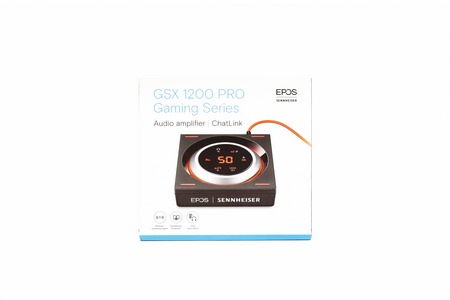









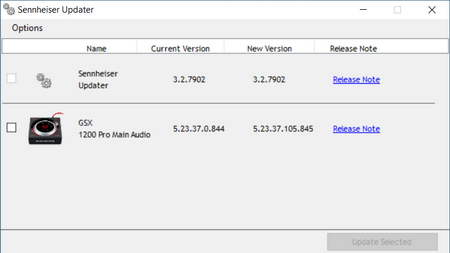



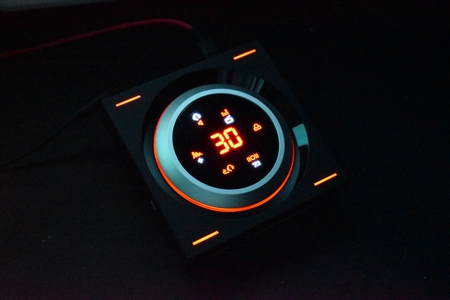






.png)

